5 Most Popular Great Dane Colors
26.04.2020.
The Great Dane is a German dog breed that is very famous for its extremely large size. These dogs are real family pets and companions. They want nothing more than to share the sofa with you and help you watch TV.
They tend to be protective when it comes to their family, so it is important to teach them early on not to jump on people and to never nib anyone. That might be cute and funny when a toy dog does it, but when it comes to these dogs, their size should be scary enough. The tallest dog in history was a Great Dane by the name of Freddie. If Freddie stood up on his hind legs, he would measure a staggering 228 cm (7 feet 6 inches). That is taller than your average NBA player.
These dogs can be scary if you judge them mainly by their size, but their nature is something completely different. They are extremely gentle giants. They are mostly very friendly and are a bit of “couch potatoes”. They don’t require too much exercise, and they prefer lounging around all day or having a nap. They are loyal and lovable with their family and are usually great with kids as well as other animals.
Throughout history, they were used for boar hunting but selective breeding made sure that these character trades are bred out. They had cropped ears so no damage would befall them when they were fighting and hunting wild boars. In modern times, their ears were cropped mostly for cosmetic reasons, and since that is now mostly forbidden, you will most likely encounter a Great Dane with its natural, floppy ears.
Great Dane is an old dog breed that is registered and fully accepted in most of the world’s cynological associations. Most breed standards are quite similar to each other, and these dogs are described as having a noble appearance that is combined with a large and powerful body. It is also mentioned that they have pride, strength, and elegance.
What is very interesting about this dog breed is that they come in a variety of colors and some are “dog show” colors, and others are a part of the breed but not allowed in the show ring. So let’s see what different colors these dogs have.
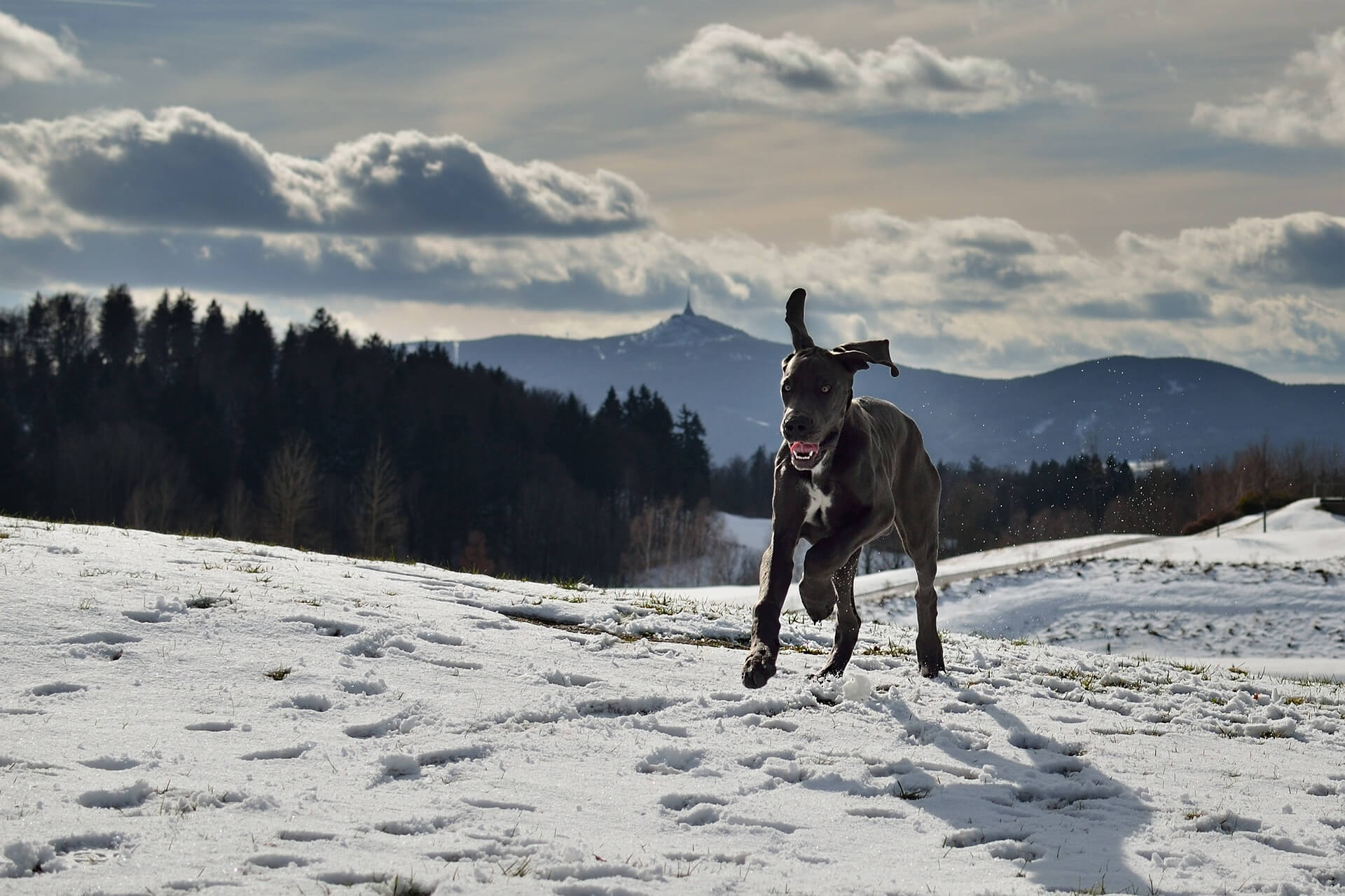
Dog Show colors of the Great Dane
Before we get to colors, it is good to know all the breed standards say that Great Danes have a short, dense, smooth, and close-lying, glossy coat that is never allowed to be coarse, dull, or to have a double coat.
1. Fawn
The fawn color is allowed to range from light gold fawn to deep gold fawn. Fawn-colored dogs have a desired black mask. This color should never be grey fawn, blue fawn, or sooty fawn color. These colors are considered faulty and aren’t allowed in the show ring. Also, no white markings are allowed in combination with the color fawn.
2. Brindle
The basic color should be light to deep gold fawn, basically the colors we mentioned before, and on top of that should be clearly defined and regular black stripes. The black stripes should be running in the same direction as the ribs. Brindled Great Danes should also preferably have a black mask. The streaks should never give the impression of being washed out. This color also doesn’t allow any white markings.
3. Harlequin (white and black patches)
The basic color for harlequin Great Danes should always be pure white and desirably with no ticking. The clean and pure black patches are to be nicely distributed all over the dog’s body. The patches should give a torn and sort of broken appearance. The standards also mention that grey or brown patches or any variations of those colors are undesirable inside the black patches. They are undesirable in the same way that blue-grey ticking is undesirable in the white parts of the Great Dane's coat.
The so-called “Grautiger” (Grautiger is grey merle color) can occur but the Grautiger-colored dogs are neither desirable nor should they be disqualified. It is important to keep in mind that dogs that have this coloration can never get the best grades in a dog show and the only reason why this color isn’t completely forbidden is to keep the gene pool wider.
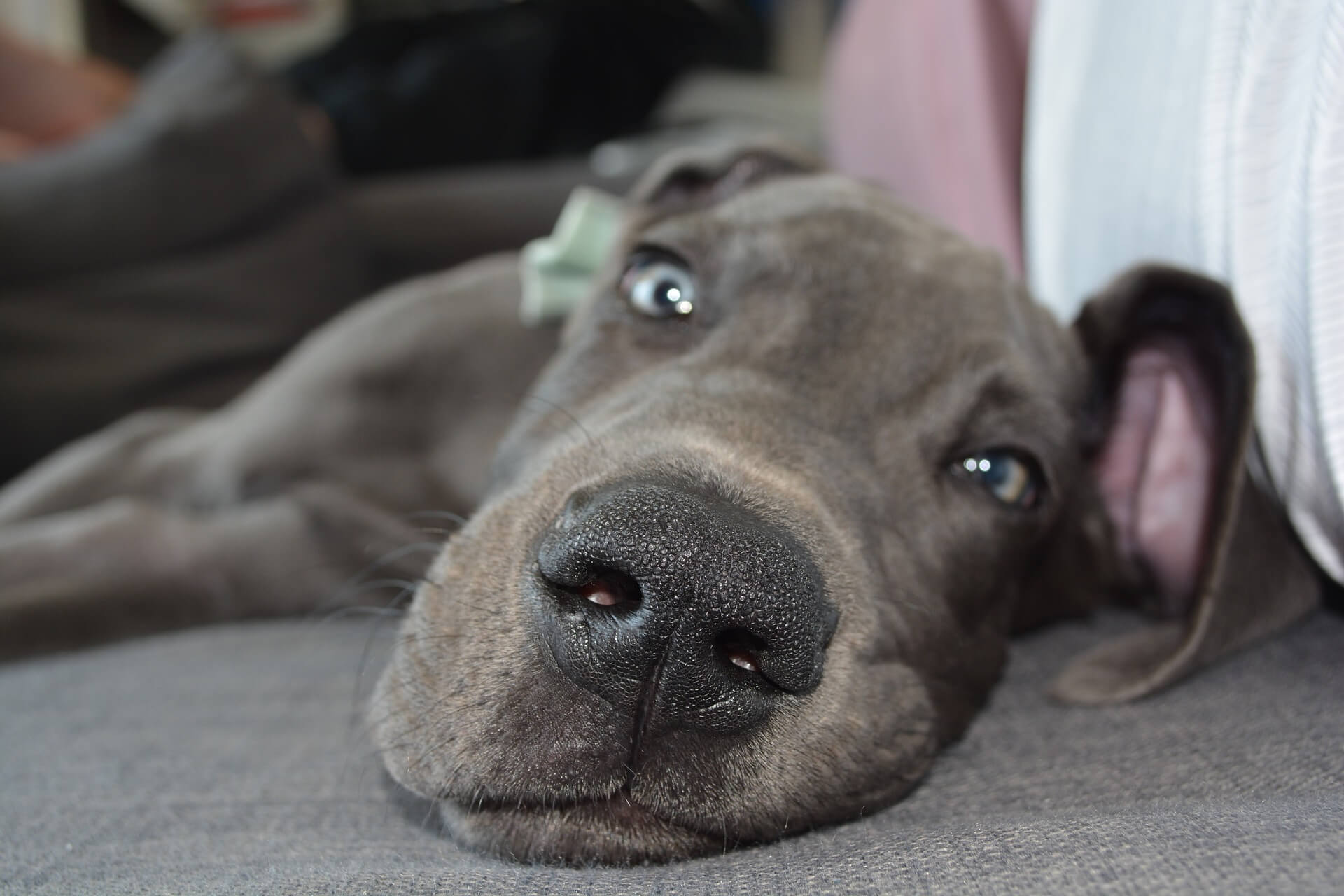
4. Black
The black-colored Great Danes should be jet black, and in this color, small white markings are allowed but only on their chest and their feet. This color class of these dogs includes the so-called “Manteltiger”. Manteltiger refers to the way the black color covers the dog’s body. It is described that it should cover it like a coat (“mantel”). The manteltiger coloring allows white parts on the dogs but restricts it to the muzzle, belly, legs, throat, chest, and the tip of the tail.
Great Danes that have a basic white color combined with large black patches are called “Plattenhunde”. The black-colored dogs should never have nuances of other colors such as fawn, brown, or bluish-black color mixed in their coat. That would mean disqualification.
5. Blue Great Dane
Some owners and breeders said that this is their absolute favorite Great Dane color. The standard stated that blue-colored dogs should have a pure steel blue color. This color allows white markings on the chest and feet. The blue-colored dogs should never have a fawn nuance or blackish-blue color.
These are all the allowed colors that the standard allows for these dogs, and they are divided into three groups:
- Fawn and brindle
- Harlequin and black
- Blue
There are other colors allowed for a pureblooded Great Dane but, as we mentioned already, are not allowed in the show ring. Some of these colors are white, “fawnequin” (mix of harlequin and fawn Great Danes), “brindlequin” (mix of harlequin and brindled Great Danes), blue merle, merle, “merlequin” (mix of harlequin and merle Great Danes), chocolate and fawn mantle. The color white in this dog breed is usually connected to vision and hearing problems so it is not desirable.
World Dog Finder team

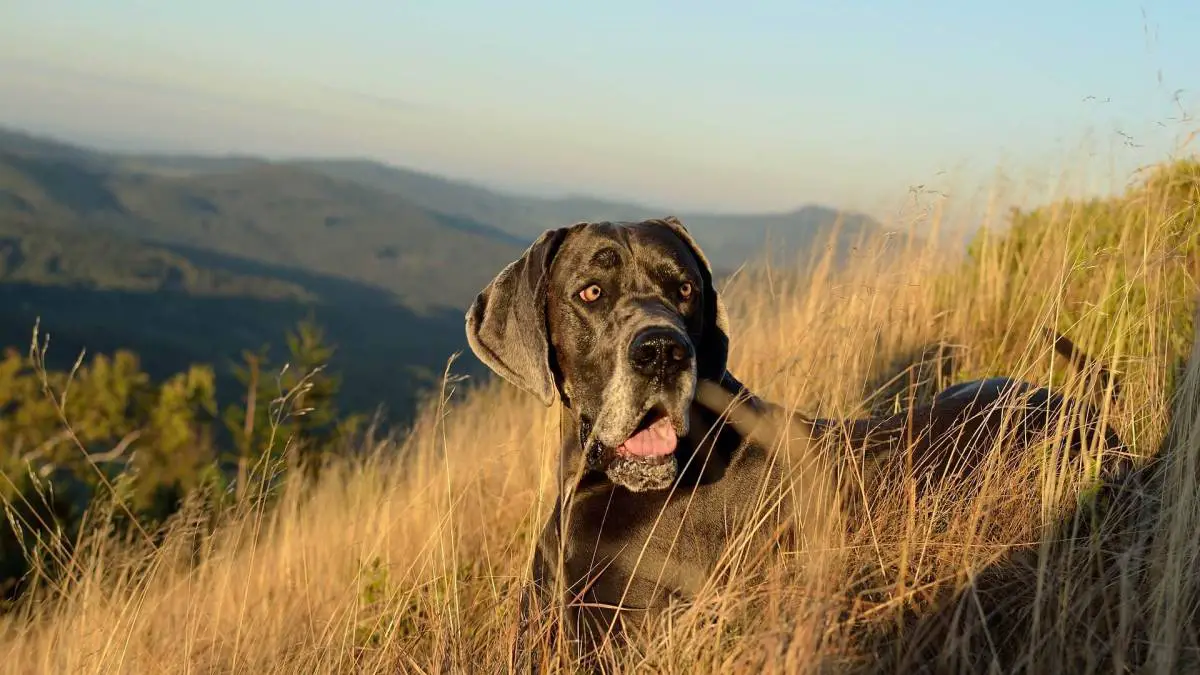
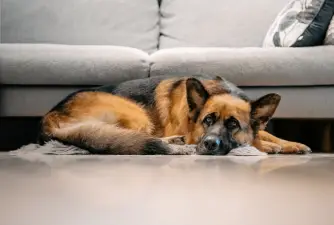
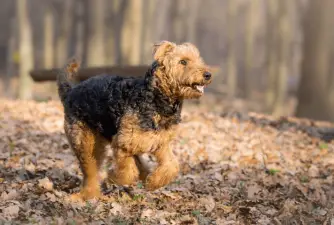
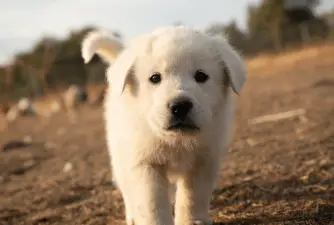
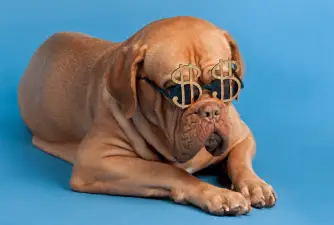

Share